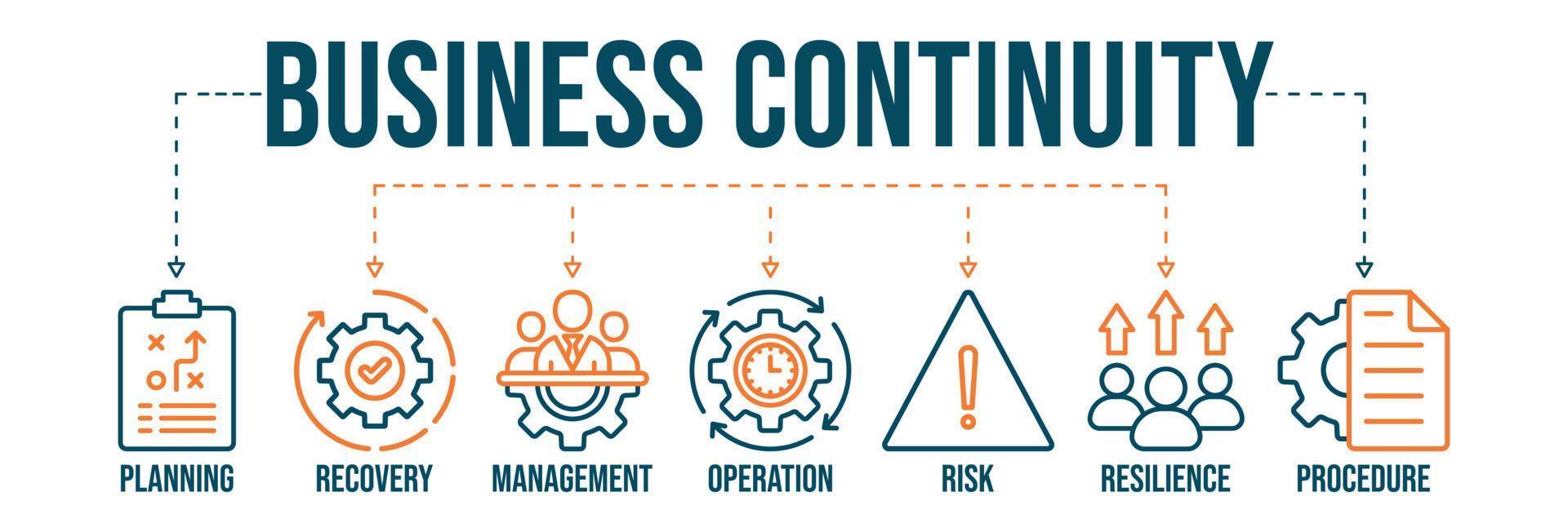
Disasters don’t schedule themselves. Whether it’s a hurricane, a supply chain breakdown, equipment failure, or a cyberattack, the key to long-term success in the power washing business is resilience.
That’s where a Business Continuity Plan (BCP) comes in.
If you’re a solo operator or run a small team, you may think this is only for big corporations. But a BCP can save your business—and your income—when things go sideways. In this guide, we’ll break down exactly what it is, why you need one, and how to build one for your power washing business. 🧠💪
✅ What Is a Business Continuity Plan?
A Business Continuity Plan is a written framework that outlines how your business will continue to operate during and after an unexpected disruption.
Disruptions can include:
- Natural disasters 🌪️🌊
- Severe weather ❄️☀️
- Equipment failure 🔧
- Cyberattacks or data breaches 💻
- Power outages ⚡
- Health emergencies 🤒
A solid BCP ensures you can deliver services, maintain communication, and recover operations quickly.
🧼 Why Every Power Washing Business Needs One
Whether you have one truck or ten, here’s why a BCP matters:
💸 1. Protects Revenue
Downtime = lost money. A plan helps you resume work faster and maintain cash flow.
📣 2. Builds Trust with Customers
When you communicate clearly and recover quickly, customers view your business as reliable—even in chaos.
🔧 3. Safeguards Equipment and Data
The plan includes protecting physical gear and sensitive information like client records.
💼 4. Prepares You for Long-Term Success
Businesses that prepare for disruptions last longer than those that wing it. Period.
🧠 Step-by-Step: How to Build a Business Continuity Plan
Let’s break it down into 8 simple steps:
📋 Step 1: Identify Critical Business Functions
List everything your business needs to function day-to-day:
- Equipment (power washers, hoses, tanks)
- Cleaning chemicals
- Transportation (trucks/trailers)
- Crew members or assistants
- Scheduling software
- Payment processing tools
- Communication tools (phones, email, CRM)
Ask yourself: “If this failed tomorrow, what would the impact be?”
🗂️ Step 2: Identify Potential Risks and Scenarios
You can’t plan for everything—but you can cover the most likely scenarios.
✅ Common threats for power washing companies:
- Flooding damaging storage areas
- Hurricane disrupting business for a week
- Frozen equipment or broken pumps in winter
- Cyberattack locking you out of your invoicing system
- Fuel shortages raising costs or delaying jobs
Write down 3–5 high-priority risks and what they would disrupt.
📞 Step 3: Create a Communication Tree
When something happens, who do you notify—and how?
Create a simple chart that includes:
- Employee contacts 📱
- Key vendors/suppliers
- Top clients (recurring commercial accounts)
- Insurance agent
- Equipment repair tech
Include how you’ll communicate: text, email, phone, or emergency channels.
🧠 Pro Tip: Store this info in both digital and printed formats.
🛠️ Step 4: Build an Emergency Operations Plan
If you can’t operate like normal, how will you adapt?
Here’s where you document your backup processes, such as:
- Using alternate suppliers if your primary one is out of SH
- Rescheduling residential clients to prioritize commercial contracts
- Running a portable backup power washer if your main rig is damaged
- Sending email updates through your phone if your CRM is down
- Working from a home base if your storage unit floods
This gives your business a roadmap when Plan A fails. 🔀
🧾 Step 5: Backup Your Key Data
This is one of the most overlooked areas for small businesses.
Make sure your:
- Customer lists
- Job history
- Financial records
- Scheduling info
- Insurance documents
- Equipment manuals
…are all backed up to the cloud and a secure external drive. Services like Google Drive, Dropbox, or iDrive make this easy.
🔐 If your laptop gets water-damaged, your business doesn’t need to go with it.
🏗️ Step 6: Build a Temporary Work Plan
If you can’t run at full capacity, how will you continue at partial capacity?
Example:
- One truck breaks down? Rent one short-term.
- Employee is sick? You do smaller solo jobs.
- Scheduling system crashes? Use Google Calendar or a paper backup.
Identify 2–3 “essential functions” you can still do during a disruption.
Focus on cash-generating activities that keep you afloat. 💸🧽
📦 Step 7: Protect and Insure Your Equipment
Your power washing rig is your lifeline.
Do you have:
- Theft or damage insurance on your trailer?
- Business Interruption Insurance?
- Equipment breakdown coverage?
- Indoor or offsite storage options?
List out which tools you can’t operate without—and where backups or replacements can come from quickly.
🧪 Step 8: Test and Update Your Plan
It’s not enough to just write it down—test your plan at least once a year.
- Simulate a scenario like: “What if our SH supplier goes offline?”
- Run through who contacts who, what steps you’d take, and where backups are stored.
- Update contacts, vendors, or backup tools as things change.
This way, your plan stays fresh—and useful when it really counts.
📈 Real Example: How a BCP Saved a Local Power Washing Company
During a freak ice storm in Texas, one small power washing company lost access to their main trailer, stored at a frozen, inaccessible lot.
Thanks to their BCP:
- They had backup tools stored at the owner’s home
- They quickly pivoted to smaller residential jobs
- They emailed clients through their mobile CRM
- They kept working while competitors were completely shut down
That one week of preparation earned them over $4,000 and three new long-term contracts. 📊🔥
💼 Final Thoughts
Every power washing business—no matter how small—needs a Business Continuity Plan.
You may not be able to stop disaster, but you can control how your business responds.
✅ List critical functions
✅ Identify risks
✅ Create backup systems
✅ Protect your data and equipment
✅ Keep working when others can’t
Resilience isn’t luck—it’s preparation. So take the time now to protect the business you’ve worked so hard to build. 🧼💪📋
Browse Amazon Here For Top Rated Power Washers And Accessories






